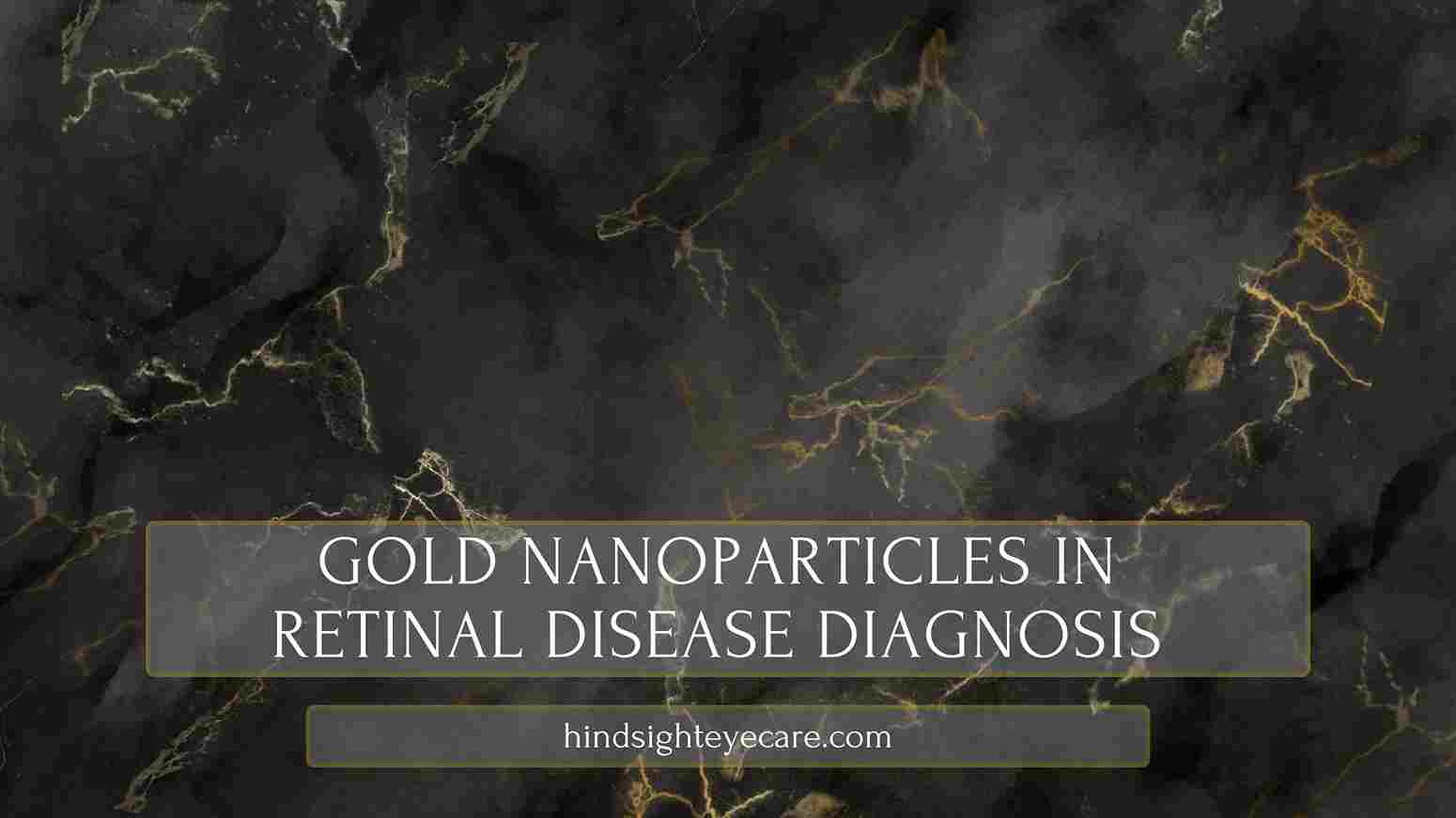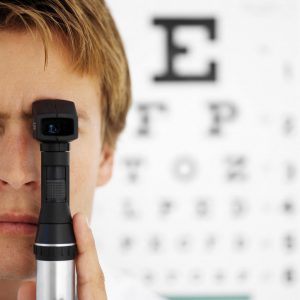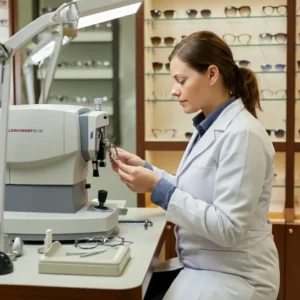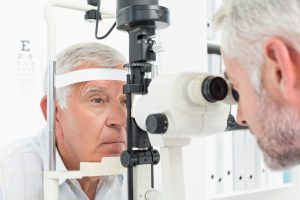Retinal diseases affect millions worldwide, often leading to vision loss when not detected early. The emergence of Gold Nanoparticles in medical diagnostics has opened new frontiers in how we detect and monitor these conditions.
This revolutionary technology combines the precision of nanotechnology with the reliability of gold’s unique properties, creating powerful diagnostic tools for eye care professionals.
What Are Gold Nanoparticles?
Gold Nanoparticles are microscopic particles of gold, typically ranging from 1 to 100 nanometers in size. Their unique physical and chemical properties make them ideal for medical applications. These particles display different colors depending on their size and shape, a phenomenon known as surface plasmon resonance. This property makes them excellent contrast agents for imaging applications.
Key Properties
The remarkable characteristics of Gold Nanoparticles include:
- High biocompatibility
- Strong light absorption and scattering
- Easy surface modification
- Chemical stability
- Low toxicity
Applications in Retinal Disease Diagnosis
Enhanced Imaging Capabilities
Traditional retinal imaging often struggles to detect early disease markers. Gold Nanoparticle-based contrast agents revolutionize this process by providing enhanced visibility of retinal structures. The particles’ ability to scatter light makes even minimal changes in retinal tissue visible to imaging equipment.
Molecular Detection
The surface of these nanoparticles can be modified to bind specifically to disease markers. This targeted approach allows for the detection of:
Age-related macular degeneration markers,Diabetic retinopathy indicators,Glaucoma-related proteins,Retinal inflammation signals.
Real-time Monitoring
Modern diagnostic techniques using Gold Nanoparticles enable real-time monitoring of disease progression. This capability helps doctors adjust treatment plans promptly, improving patient outcomes significantly.
Benefits Of Traditional Methods
Increased Sensitivity
The enhanced sensitivity provided by Gold Nanoparticle-based diagnostics allows for the detection of diseases at much earlier stages than conventional methods. This early detection can make the difference between preserving and losing vision.
Non-invasive Approach
Unlike some traditional diagnostic methods requiring tissue samples, gold nanoparticle-based techniques often work through non-invasive imaging. This approach reduces patient discomfort and risks associated with invasive procedures.
Cost-effectiveness
While the initial investment in gold nanoparticle technology might be significant, the long-term cost-effectiveness becomes apparent through:
Reduced need for multiple diagnostic tests, Earlier intervention leading to better outcomes, Lower treatment costs through precise targeting, Decreased frequency of follow-up visits.
Here you like Smart Nanoprobes for Detecting Eye Inflammation
Current Challenges and Future Directions
Technological Challenges
Despite their promise, some challenges remain in implementing gold nanoparticle-based diagnostics:
- Standardization of particle size and properties
- Optimization of binding specificity
- Long-term stability in biological environments
- Development of user-friendly diagnostic platforms
Future Developments
Research continues to expand the capabilities of this technology through:
- Integration with artificial intelligence for automated diagnosis
- Development of multi-functional nanoparticles
- Creation of portable diagnostic devices
- Enhancement of tissue penetration depth
Safety Considerations
Biocompatibility
One of the primary advantages of using gold nanoparticles is their excellent biocompatibility. Studies have shown minimal adverse effects when properly synthesized and administered.
Clearance from the Body
Research indicates that gold nanoparticles are effectively cleared from the body through natural processes, reducing concerns about long-term accumulation.
Clinical Implementation
Current Status
Many medical centers now incorporate gold nanoparticle-based diagnostics into their standard protocols. The technology has proven particularly valuable in:
- Early-stage disease detection
- Treatment monitoring
- Research applications
- Clinical trials
Training Requirements
Healthcare providers require specialized training to:
- Understand nanoparticle behavior
- Interpret enhanced imaging results
- Maintain equipment properly
- Ensure optimal patient outcomes
Conclusion
Integrating Gold Nanoparticles into retinal disease diagnosis represents a significant advancement in ophthalmology. This technology offers unprecedented sensitivity and specificity in disease detection, potentially saving the vision of millions worldwide.
As research continues and technology advances, we can expect even more sophisticated applications of gold nanoparticles in eye care.
Frequently Asked Questions
Q1: How safe are gold nanoparticles for use in eye diagnostics?
Gold nanoparticles have demonstrated excellent safety profiles in medical applications. Their biocompatibility and natural clearance from the body make them ideal for diagnostic use. Multiple studies have shown minimal to no adverse effects when properly synthesized and administered according to medical protocols.
Q2: What makes gold nanoparticles better than traditional diagnostic methods?
Gold nanoparticles offer superior sensitivity and specificity in disease detection. They can identify molecular markers at much lower concentrations than conventional methods, enable non-invasive imaging, and provide real-time monitoring capabilities. This leads to earlier detection and better treatment outcomes.
Q3: How long does a gold nanoparticle-based diagnostic test take?
The actual diagnostic procedure typically takes 15-30 minutes, depending on the specific test and imaging requirements. This is significantly faster than many traditional diagnostic methods that might require multiple visits or lengthy processing times.
Q4: Are gold nanoparticle diagnostic tests covered by insurance?
Coverage varies by insurance provider and location. As the technology becomes more widely adopted, many insurance companies are beginning to cover these tests, recognizing their cost-effectiveness and superior diagnostic capabilities. Patients should check with their insurance providers for specific coverage details.
Q5: What types of retinal diseases can be diagnosed using gold nanoparticles?
Gold nanoparticle-based diagnostics can detect various retinal conditions, including age-related macular degeneration, diabetic retinopathy, glaucoma, and inflammatory eye diseases. The technology is particularly effective at identifying these conditions in their early stages, when treatment is most effective.




